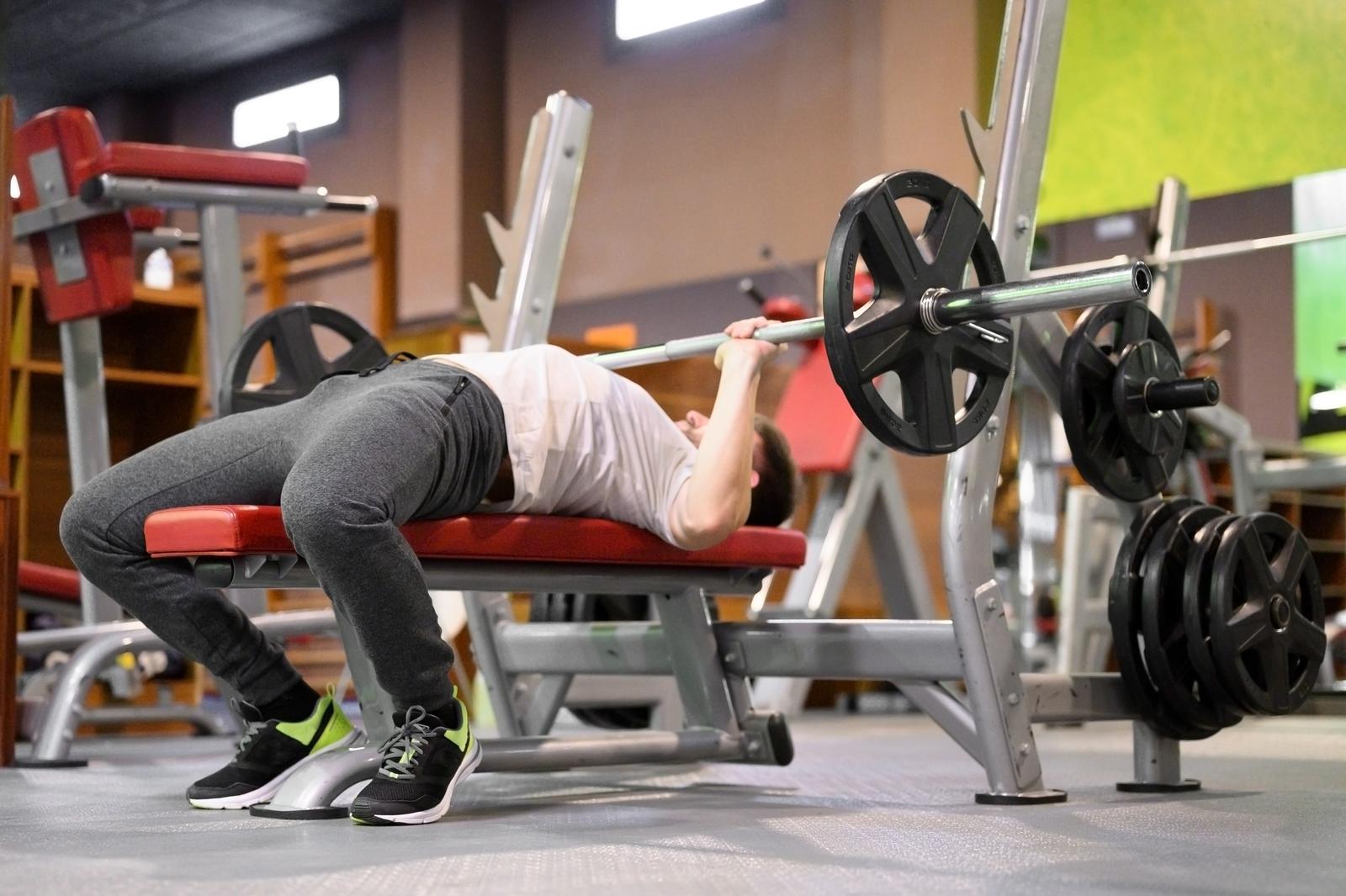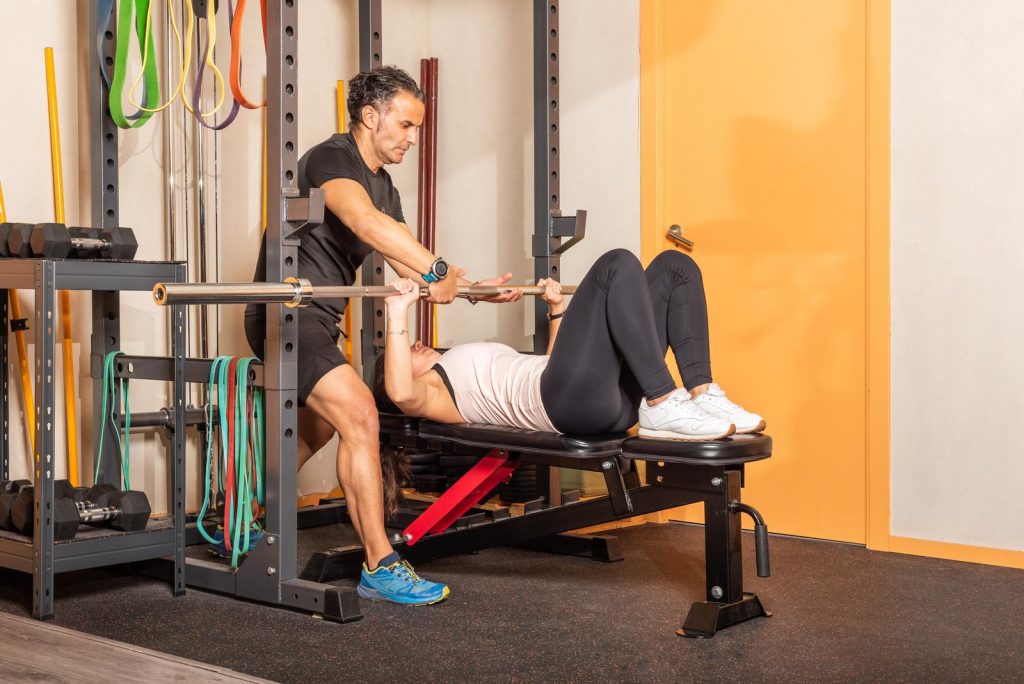
A Newbie’s Guide to Effectively Using Workout Benches
New to the fitness game and wondering where to start? A workout bench is your go-to spot for leveling up your routine. Whether you’re lifting weights or doing bodyweight exercises, these benches are the unsung heroes of any gym setup.
They provide support, stability, and safety – key points for beginners diving into strength training. This guide will walk you through the basics of workout benches, their benefits, and why they’re a must-have investment for anyone starting out on their fitness journey.
Understanding the Weight Bench and Its Uses
Types of Weight Benches
There are mainly three types of workout benches commonly used: flat, incline, and decline. The flat bench is a basic, level bench ideal for exercises like chest presses. An incline bench allows users to adjust the backrest to an angle above 0 degrees, targeting the upper chest muscles. Conversely, a decline bench has a downward-sloping seat which primarily works on the lower part of the pectoral muscles.
Weight benches also come in adjustable and fixed varieties. Adjustable benches allow you to change the angle of the backrest or seat as needed for different exercises while fixed benches have a stationary position.
Key Features and Components
Understanding key features such as padding thickness, weight capacity, leg hold-downs, and attachments like preacher curl pads is crucial when choosing a workout bench that suits your needs.
A sturdy frame with high weight capacity ensures safety during heavy lifting sessions. Thicker padding provides comfort during workouts while leg hold-downs offer stability when performing certain exercises.
Components like preacher curl pads enable users to perform bicep curls comfortably without straining their arms or shoulders.
Exercises on a Weight Bench
A workout bench offers versatility for various strength training exercises including chest press (flat/incline/decline), shoulder press, dumbbell rows, tricep dips using an edge of the flat surface or incline/decline variations for added challenge.
With these options available on different types of workout benches including adjustable ones with extra attachments like leg developer kits or barbell racks; there’s plenty one can do to achieve full-body workouts at home.
Read Also: Innovative Exercises to Try on Your Adjustable Workout Bench
Benefits of Incorporating a Weight Bench in Your Routine
Build Strength and Muscle
Incorporating a workout bench into your exercise routine can lead to significant strength gain. By using the bench for exercises like chest presses, shoulder presses, and tricep dips, you engage multiple muscle groups at once.
This helps you build muscle and develop overall body strength. For example, doing chest presses on a workout bench not only targets your chest muscles but also engages your shoulders, triceps, and even your core for stability.
The versatility of the weight bench allows you to perform various exercises that target different muscle groups. This means that as a beginner, you have the opportunity to work on different areas of your body without needing multiple pieces of gym equipment.
As an illustration, by adjusting the angle of the bench or adding attachments such as leg rollers or preacher curls, you can customize your workout to focus on specific muscles while still using just one piece of equipment.
Improve Overall Fitness Level
Using a weight bench is not only about building muscle; it also contributes to improving your overall fitness level. It enables you to incorporate both strength training and cardiovascular exercises into one routine.
For instance, incorporating plyometric exercises like box jumps or step-ups with weights while using the workout bench adds an element of cardio to your strength training session.
The convenience offered by incorporating a weight bench into workouts cannot be overstated. With just one piece of equipment, beginners can target various muscle groups effectively while enjoying significant gains in strength and endurance.
Upper Body Exercises for Beginners on a Weight Bench
Chest, Shoulders, and Arms
There are several effective options. For the chest, you can start with bench press variations like incline or decline presses. These exercises help target the pectoral muscles. To work on your shoulders, shoulder blade ups and shoulder presses are great choices.
They engage the deltoids and help build strength in the shoulder area. As for your arms, bicep curls and tricep dips are perfect for targeting the biceps and triceps respectively.
Engaging in these exercises regularly not only strengthens your upper body but also improves overall muscle tone, posture, and stability.
Proper Form and Technique
Learning proper form is crucial when performing upper body exercises on a weight bench as it helps prevent injuries while maximizing results. For instance, when doing bicep curls, ensure that your elbows stay close to your body throughout the movement to fully engage the biceps without straining other muscles. When executing shoulder presses, maintain a stable core to support your back and shoulders.
It’s important to start with lighter weights until you’ve mastered proper form before gradually increasing resistance levels.
Lower Body Workouts Using a Weight Bench

Engaging Your Muscles
You can engage various muscles in your legs and glutes. For instance, by doing step-ups with weights, you work your quads and glutes. Similarly, performing Bulgarian split squats targets the same muscle groups while also engaging your hamstrings.
Weight benches are versatile pieces of equipment that allow beginners to perform exercises at their own pace without feeling intimidated. The ability to adjust the level of the bench makes it easier for individuals to start from ground level and gradually increase the intensity as they build strength.
Beginner-Friendly Exercises
For beginners, incorporating lower body workouts on a weight bench offers numerous benefits. Not only does it provide support and stability during exercises like leg lifts or hip thrusts, but it also helps in maintaining proper form when performing movements such as seated calf raises or knee tucks.
Utilizing a weight bench enables individuals to sit comfortably while working on their lower body muscles rather than struggling to maintain balance on unstable surfaces. This promotes better focus on engaging specific muscle groups without worrying about balancing themselves.
Read Also: Advantages of Using an Adjustable Bench in Your Workouts
Avoiding Common Mistakes in Bench Press Technique
Common Errors
Many make common mistakes during the bench press. One of these errors is arching the back excessively, which can lead to strain and injury. Another mistake is flaring out the elbows, which puts unnecessary stress on the shoulder joints.
Beginners often fail to maintain a stable grip on the barbell, leading to imbalance and potential accidents. Improper breathing techniques can hinder performance and increase fatigue during the exercise.
Correct Form and Technique
To ensure proper form when using a workout bench for bench presses, beginners should focus on keeping their back flat against the bench with a natural arch. They should also aim to keep their elbows at a 45-degree angle from their body throughout the movement.
Proper breathing is essential; beginners must inhale as they lower the barbell towards their chest and exhale as they push it back up. They must maintain a firm grip on the barbell while keeping their wrists straight for stability and control.
Understanding how to position their bodies correctly by planting their feet firmly on the ground will help beginners maximize strength output during each repetition.
Conclusion and Next Steps in Weight Bench Training
Congratulations on making it through the beginner’s guide to using a workout bench! By now, you understand the importance of incorporating a weight bench into your fitness routine, the various exercises you can perform, and how to avoid common mistakes.
Now, it’s time to put that knowledge into action. Start by integrating these workouts into your weekly schedule and gradually increase the intensity as you build strength and confidence.
So, grab your water bottle, cue up your favorite workout playlist, and let’s crush those fitness goals together! Shop the best quality smith machines and cable machines at Dynamo Fitness Australia today.
